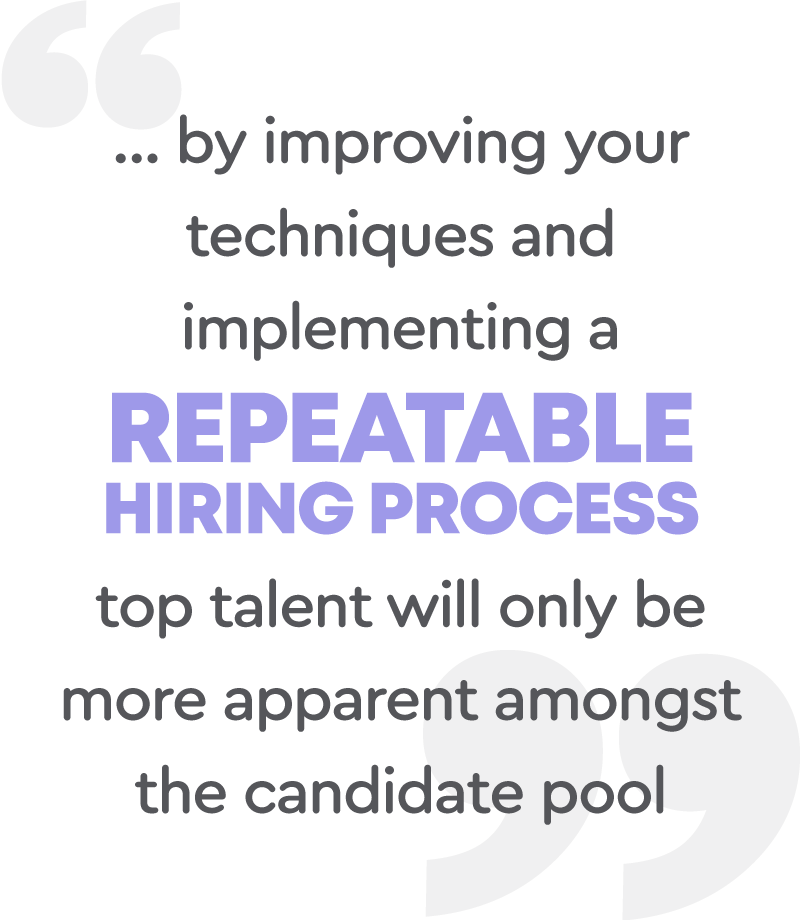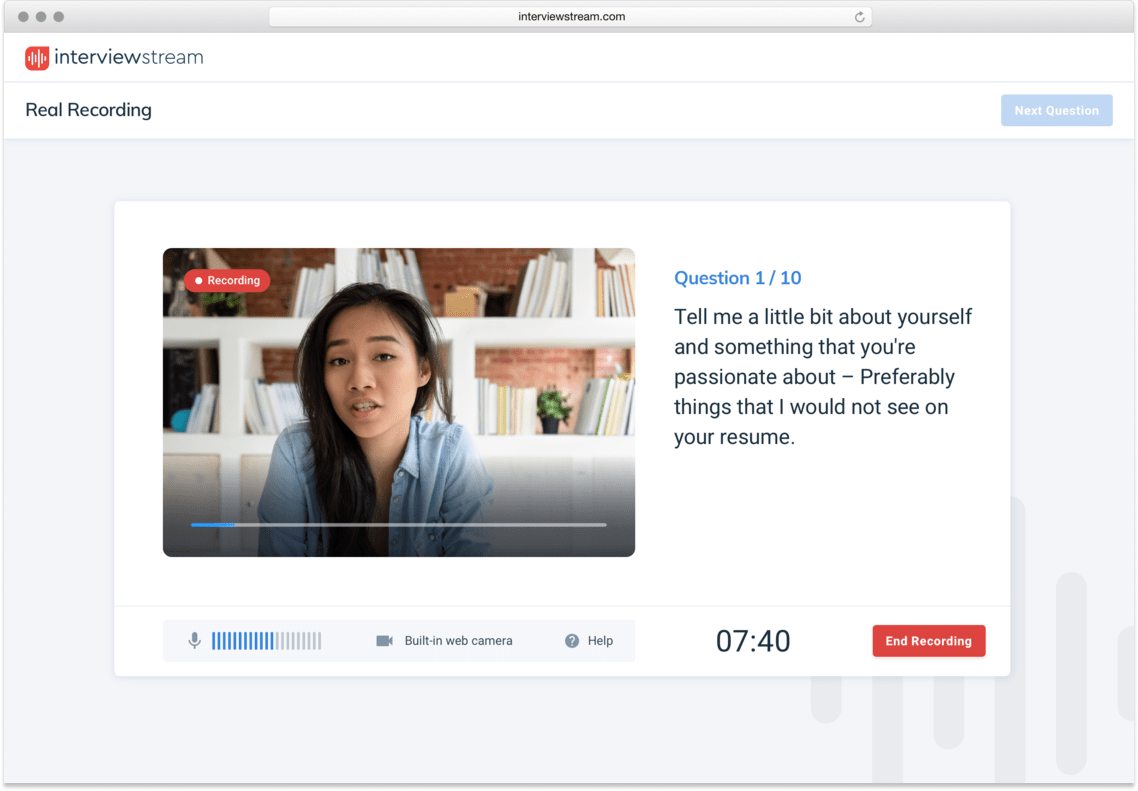5 Ways to Reduce Time-to-Hire & Maintain Your Employee Quality

Finding a quality candidate doesn’t happen overnight. Whether you’re not getting enough interest in a role or you’re struggling to sort through mountains of resumes, we can help. With a little planning and forethought, these 5 tips can help you reduce time-to-hire while maintaining high employee quality:
1. Refresh job descriptions
If you’re struggling to fill a requisition, follow the steps of the candidate journey to see where there may be a disconnect. Start where prospects start – at the job description.
JDs are often the first point of contact with a candidate, and if a description is lengthy, lacks personality, or doesn’t represent the role correctly, you’re bound to either turn off great candidates or attract the wrong fit for the role.
Make sure your job descriptions outline expectations and experience level clearly, are concise and easy to read, reflect company culture, and aren’t over- or under-selling a position.
2. Expand your network
Next, consider your talent pipeline – do the professionals that are in it align with the needs of the position that you’re trying to fill?
If they don’t, it’s time to expand your network and invite new contacts into your talent pool. LinkedIn is a great resource for cold outreach, though it’s a tool that every hiring team has in their back packet (95% of recruiters use it to fill roles today).
Get creative by tapping into your alumni network, reaching out to professional organizations in the industry, and reaching out to pre-existing contacts to see if they have any connections who may be interested in the role.
3. Look internally
While traditional recruitment methods take around 45-60 days to fill a role, on average, employee referrals cut that time in half. Along with improving employee loyalty, candidate quality, and turnover rates, referrals make your job a whole lot easier.
If your company already has one in place, great! Leverage the networks of your colleagues and connect with candidates personally, like over a virtual coffee chat. This will help the process feel less formal so, if they aren’t actively job seeking, they’ll be more likely to engage with you.
No referral program? No problem. Present the concept to your HR leaders – there’s endless information out there to back-up the success of referrals. For instance, did you know that employee-referred new hires tend to be better performers than nonemployee-referred new hires and to stay with their organizations longer. What have you got to lose?
4. Develop a full candidate picture
Once you have interest from candidates (or in the case that you have numerous qualified prospects for a req), streamline your screening process so you’re not wasting manpower.
Tools like one-way video interviews go a step beyond resumes, and even phone screens, to bring a candidate to life and reduce time-to-hire. These video recordings are available at any time, any place, and to anyone on the hiring team – meaning you can skip the formalities, scheduling, and note-taking to get straight to the core of a candidate. Video screens provide insight into a prospect’s personality, soft skills, and communication abilities in a way that no other avenue can.
Here’s another fun fact – you can view 10 one-way interviews in the same time it takes to complete a single phone screen.

5. Ask the right questions
So, you’ve uncovered the talent, they’ve nailed their phone or video screen, and it’s time for you to meet for a formal interview. Preparation is critical to ensure they’re going to succeed in the role, but you could be overdoing it.
Curate question sets for role responsibilities, team culture, and seniority level that you can use across the board for every candidate. Platforms like interview builder allow you to create evaluation rubrics by populating thousands of questions that can then be narrowed down to identify specific skill sets, competencies, and cultural fit.
Once your interview guide is built, you’ll only have to brush up on the candidate’s experience, not the role itself. Plus, you’ll never have to worry about unintentional bias or favoritism – candidates will be evaluated consistently and fairly across the board.
Streamlining your hiring process to save time doesn’t mean you’re sacrificing candidate quality. In fact, by improving your techniques and implementing repeatable steps, top talent will only be more apparent amongst the candidate pool. Reduce time-to-hire today with the interviewstream platform – click here to sign up for a demo and see exactly how the solutions can work for you!
About The Author
Meghan Peterson is the VP of Revenue at interviewstream. She combines her experience in sales, recruiting, and tech to support customers of all sizes in her role. If you’d like to pick her brain about her advice here or simply start a conversation, feel free to give Meg a shout at mpeterson@interviewstream.com.
